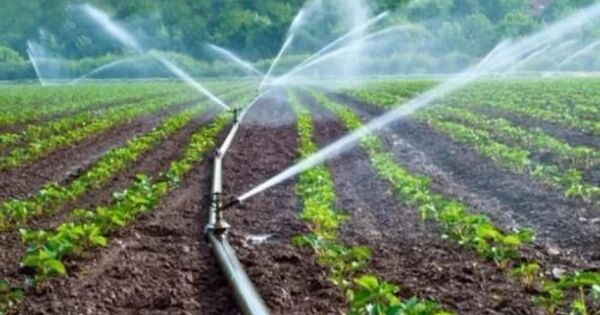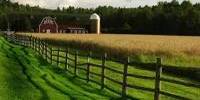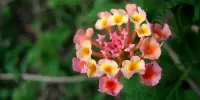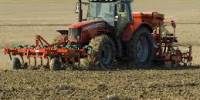Drip irrigation, often known as trickle irrigation, is a sort of micro-irrigation system that allows water to slowly flow to plant roots from above or below the soil surface. It is a method of watering plants that involves supplying water directly to the roots via a network of tubes, pipes, valves, and emitters. The idea is to guide water into the root zone and reduce evaporation.
Water is distributed using drip irrigation systems using a network of valves, pipes, tubing, and emitters. Drip irrigation systems, depending on how effectively they are designed, installed, maintained, and managed, can be more efficient than other types of irrigation systems, such as surface irrigation or spray irrigation.
Modern drip irrigation was invented by Israeli scientists in the 1960s. As of 2023, 85% of world irrigation however is still done through traditional methods.
Components: A typical drip irrigation system includes:
- Water source: Usually a pump or faucet connected to the main water supply.
- Tubing: Mainline tubing that carries water from the source to the irrigation zone.
- Emitters: Devices that control the flow and distribution of water, such as drippers, micro-sprinklers, or bubblers.
- Filters and pressure regulators: To ensure that the water distributed is clean and at the correct pressure.
- Connectors and fittings: To assemble the system and control water flow.
- Controller: Optionally, a timer or automated system to manage watering schedules.
Installation
- Plan the layout based on plant types, terrain, and water source location.
- Lay out the mainline tubing and position emitters strategically near each plant or along rows.
- Ensure proper connections and test the system for leaks.
Maintenance:
- Regularly check for clogs in emitters and filters.
- Adjust the system as plants grow to ensure even coverage.
- Winterize the system in colder climates to prevent damage from freezing.
Advantages
- Water efficiency: Delivers water directly to the root zone, minimizing evaporation and runoff.
- Precision: Allows for precise control over water application, which is ideal for different types of plants with varying water needs.
- Conservation: Reduces water wastage compared to traditional irrigation methods.
- Flexibility: Can be customized for different soil types, plant types, and terrains.
Applications
- Agriculture: Used extensively in commercial farming to optimize water use and crop yield.
- Gardening: Ideal for home gardens, especially in dry or arid regions.
- Landscaping: Effective for maintaining lawns, shrubs, and trees.
Overall, drip irrigation is a versatile and efficient method for delivering water precisely where it’s needed, making it a popular choice in sustainable agriculture and landscaping practices worldwide.
















